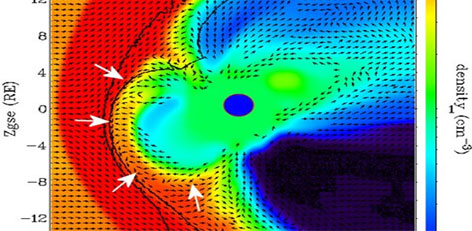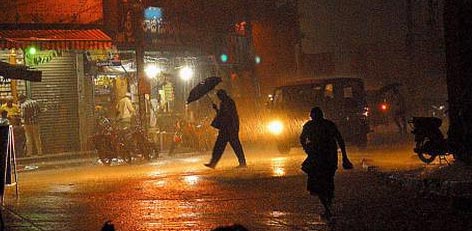Cosmic Ray Laboratory, Ooty records a burst of galactic cosmic rays
Posted on: 05/Nov/2016 2:29:36 PM

Cosmic Ray Laboratory (CRL) in Ooty is the pioneer of the study of cosmic rays at international level. At this juncture, on 22nd June the scientists at Cosmic Ray Laboratory observed a sudden burst of cosmic ray activity on June 22, indicating that something had changed in the earth�s magnetic field. The weakening of earth`s magnetic field was about two per cent for two hours.
S.K. Gupta, Senior Professor and head of the GRAPES-3 experiment, based in Tata Institute of Fundamental Research, Mumbai said: Cosmic Ray Laboratory (CRL) in Ooty is the pioneer of the study of cosmic rays at international level. The level of the cosmic ray throughout the world will be 2 Nanotesla. But on 22nd June during the midnight 40 Nanotesla was recorded. This caused a geomagnetic storm by opening up weak spots in earth�s magnetic field. This continued for two hours. Since the particles emitted from the sun hit the earth at a speed of 2.5 million kms earth magnetic field was weakened. South America, Europe and Canada were vulnerable to this. Cosmic Ray Laboratory (CRL) in Ooty recorded a burst of galactic cosmic rays of about 20 GeV, on 22 June 2015 lasting for two hours.
Solar storms can cause major disruption to human civilization by crippling large electrical power grids, global positioning systems (GPS), satellite operations and communications







